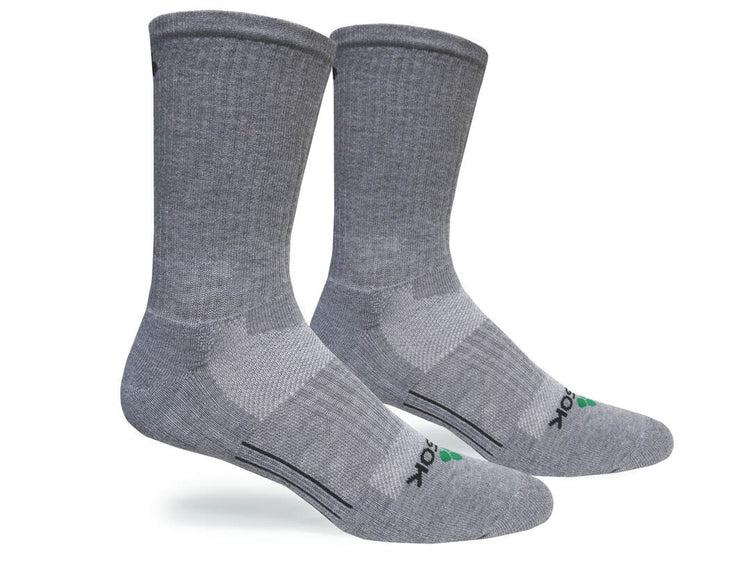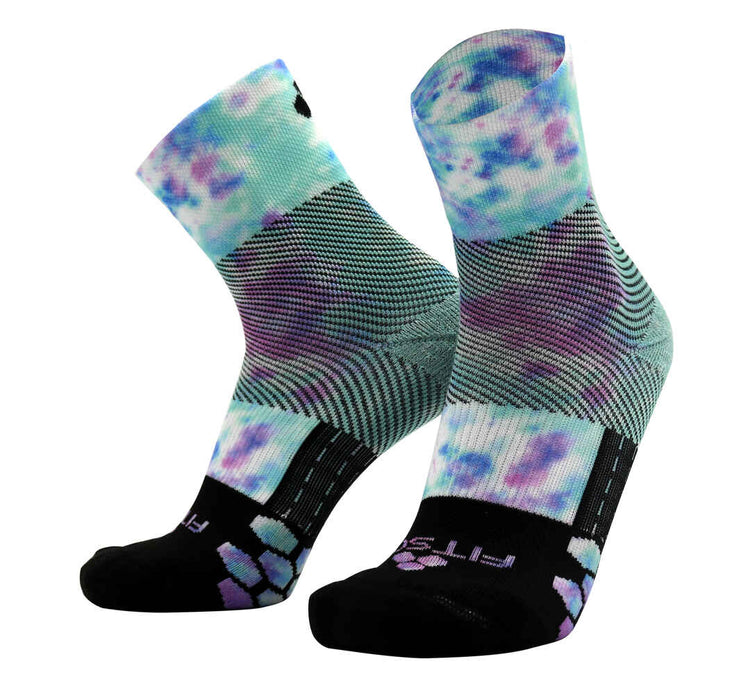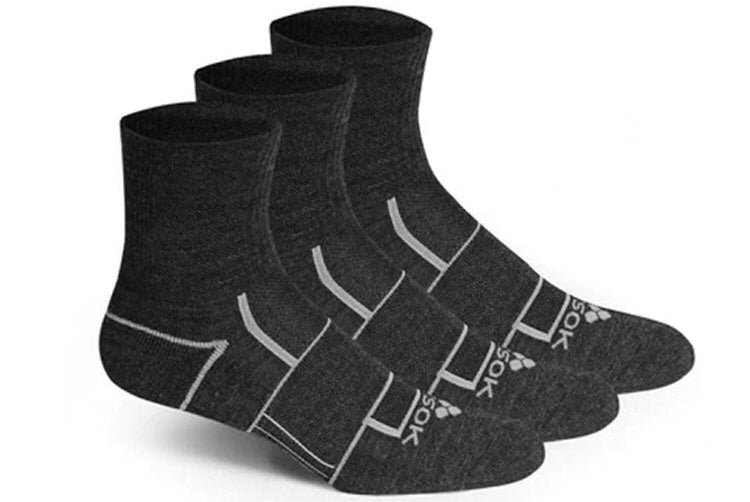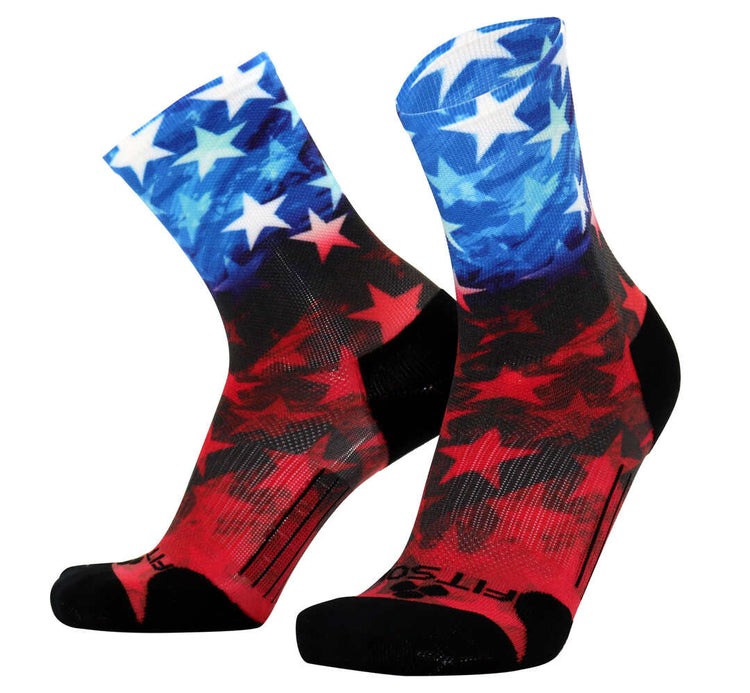Long-distance running is generally one of the best fitness-improving techniques for just about anyone. It’s been shown to have several health benefits, with long-distance runners having better athletic stamina and cardiovascular health compared to the general population.
If you’re wondering how to get better at running long distances, we’ve compiled a list to help. Whether you are a newbie or a seasoned runner, want to improve your health, or are training for the next marathon, start here:
Use the Right Gear
The best thing to wear during a long-distance run depends on various factors such as weather, time of day, past injuries, etc. Consider the following.
Clothes
The sportswear you have on while running plays a significant role in how comfortable you are. Your running clothes should fit properly and depend solely on the weather. When working out in the summer, you tend to sweat more; hence, breathable clothes made out of cotton and synthetic fabric are more suitable.
Cotton and synthetic fabric are perfect because they allow sweat to dry up easily and feel comfortable. Materials made from rubber or plastic should be avoided as they retain sweat and heat.
During colder weather, clothes made out of wool or spandex are for a long-distance run. These materials have excellent retention of warmth.
Shoes
Proper footwear is probably the most important running gear. Your running shoes should offer a mix of longevity, comfort, and value. If you’re a newbie, it would be advisable to purchase running shoes with extra cushions to prevent any injuries. However, if you’re experienced, shoes with thinner padding are better. They keep you light and bouncy off the ground.
Some top brands to consider include:
- Nike Air Zoom Pegasus
- New Balance Fresh Foam
- Hoka Mach 4
- Brooks Trace
Compression Socks
Compression socks offer long-distance runners various benefits that enhance their performance and prevent injuries by applying light pressure to your legs, reducing swelling and discomfort, and optimizing blood flow. Apart from these benefits, compression socks also help to dampen the vibrations felt in the legs when running. With these socks, you greatly reduce the chances of getting knee or shin injuries.
When buying compression socks, it is essential to get the right fit. You should also check out the compression ratings for each pair of socks. Compression ratings usually come in several ranges:
- Less than 15 mmHg- Suitable for most runners
- 15 – 20 mmHg- Suitable for ultra runners
- 20 – 30mmHg and higher- Suitable for recovery
Eat the Right Diet
Generally, time, fitness, and endurance are essential factors when preparing for a marathon. But without the proper diet, achieving peak performance would be more challenging. Eating too much could make you feel too heavy to run for long and could even cause you to throw up. Also, not eating enough could cause exhaustion earlier than expected. Consider these tips:
- Incorporate proper long-distance foods. These include whole-grain bread, legumes, whole-grain pasta, and brown rice. These meals help give your body the fuel necessary for long runs. Rather than right before the run, they should be eaten the night before a long morning run.
- Drink a lot of water. Long-distance runners should drink about half an ounce of their body’s weight, and stay away from alcoholic drinks. As a runner, dehydration is one of your greatest enemies. That’s why you should avoid alcohol as it’s a diuretic and can cause you to lose water too fast.
- Add protein-rich foods to your diet. Long-distance running can cause various wear and tear on your muscles; protein-rich foods like eggs, lean beef, fish, cottage cheese, chicken, and greek yogurt help you to recover quickly.
Have the Right Training Plan
You should have a suitable marathon training plan that matches your goals and fitness level. Most marathon training plans often range from twelve to twenty weeks. To ensure you stay committed to the training consider registering for a race. This will help you stay accountable and focused on your training while preparing for the task ahead.
While some plans focus on speed others may focus on endurance. Consider these best practices.
- Run only 4 days a week with weight training and off days built-in.
- On shorter run days include inclines and intervals to increase endurance.
- Slowly increase the mileage each week.
Follow Best Practices
Beyond training efforts, here are some best practices that can help.
Stay Hydrated
Drink plenty of water at intervals of about 30-45 minutes if you run for more than an hour. However, it is advisable to take recovery beverages rich in alkaline, alongside regular water after long-distance running. It’s also important to hydrate before the race–at least 16 ounces.
Don't Run Immediately After Eating a Meal
Generally, eating nutritious meals before running boosts your energy levels. However, It is not advisable to run immediately after eating. You should wait for at least three hours before running to prevent having an upset stomach, vomiting, or abdominal cramps.
Give Yourself Recovery Time
After every long run, you should take off some time to rest. The only way to build long-term endurance and mileage gains is to take rest days. This also helps to prevent overuse and training injuries.
Look Good Doing It
You can get all the benefits of a good run and more by getting premium quality fashionable socks designed and manufactured right here in the United States by Fitsok. With a patented cutting-edge design, Fitsok compression socks last longer, dry faster, and protect your feet and muscles better than any other compression stockings.
Apart from being effective, these socks are also aesthetic and fashionable. Irrespective of your personality or fashion taste, we have just the right sock for you. Nothing beats looking good while running.







Leave a comment
This site is protected by hCaptcha and the hCaptcha Privacy Policy and Terms of Service apply.